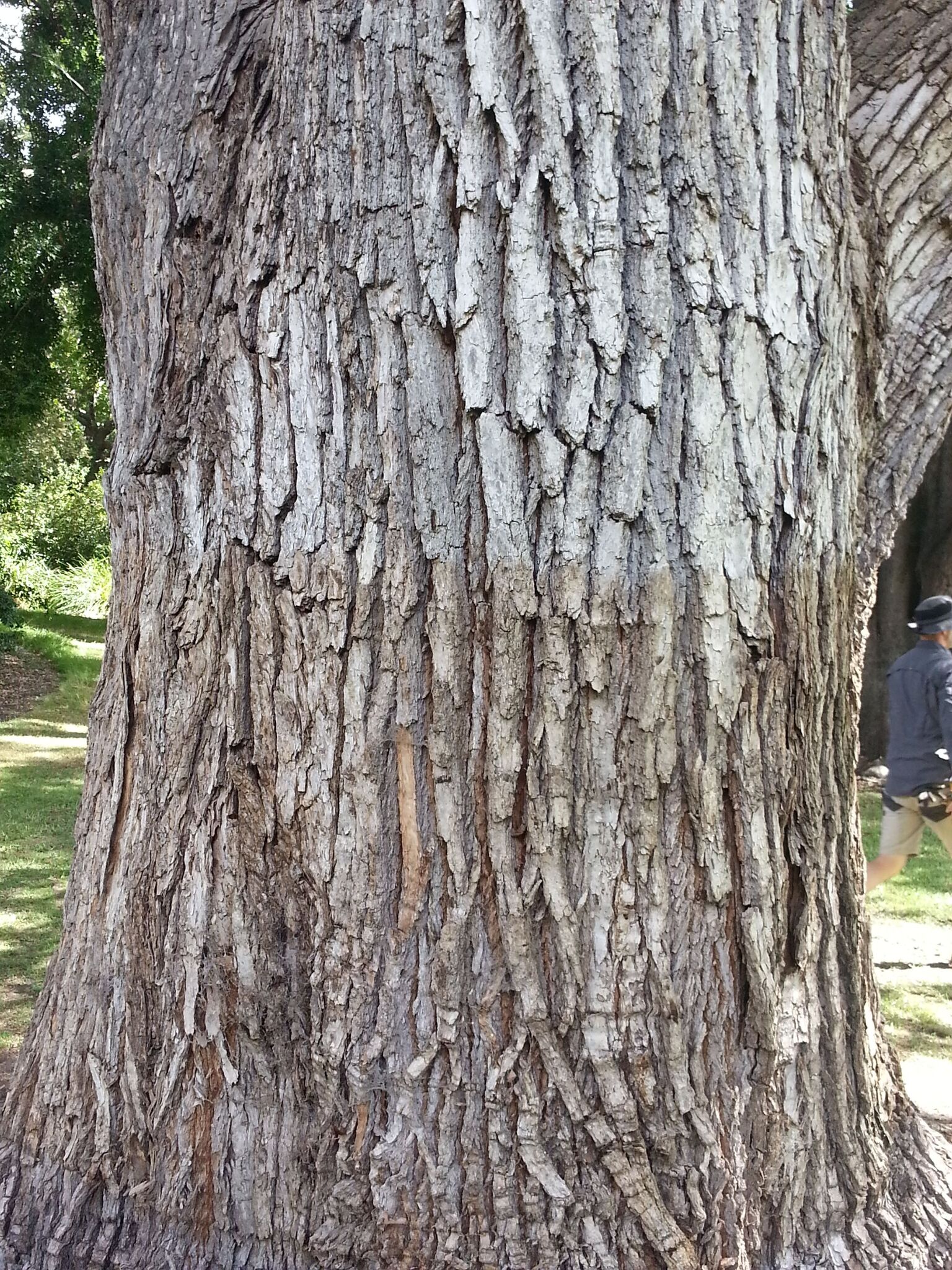
Broad-domed tree to about 15 m tall with dense foliage. Young growth pinkish. Buds hairy, scales many, overlapping in several series. Leaves alternate, ovate to elliptic, 7-13 cm long, 4-6 cm wide, smooth and glossy, tough but thin with a long tapered tip, smelling strongly of camphor when crushed. Minute pockets (domatia) can be seen in the axils of the first major veins below. A few leaves may turn bright red before dropping in spring. Leaf stalk 2-4 cm long. Flowers yellow, in axillary clusters to 8 cm long; spring. Fruit a berry about 1 cm long, green at first turning glossy black.
Widely grown in large parks and gardens, also as a street tree; may form suckers. Has become weedy in parts of New South Wales and should not be planted near bushland as the fruits are palatable to birds. Several other species are grown in tropical and subtropical regions.
China, Japan
A commercial source of oil of camphor for perfumery and medicine; it is extracted from the wood which is pale, light, insect-repelling and used traditionally by the Chinese for storage chests.
Leaves 3-veined at base, smelling of camphor when crushed.
SA: Adelaide Botanic Garden. NSW: Goulburn (Court House); Sydney (Centennial Park, Vaucluse House); Wagga Wagga (Collins Park); Wellington (park). VIC: Beechworth (cemetery); Caulfield (public park); Moonee Ponds (Queens Park); Kew (Boroondara General Cemetery); Armadale (Lauriston Girls School, 14 m tall in 1983); Malvern (Malvern Gardens); Melbourne (Royal Botanic Gardens Victoria, several around Herb Garden, remnants of the original herb and medicinal garden established by Director William Guilfoyle in the 1880s; Parliament Gardens); Richmond (Barkly Gardens).
Source: (1997). Lauraceae. In: . Horticultural Flora of South-eastern Australia. Volume 2. Flowering plants. Dicotyledons. Part 1. The identification of garden and cultivated plants. University of New South Wales Press.
